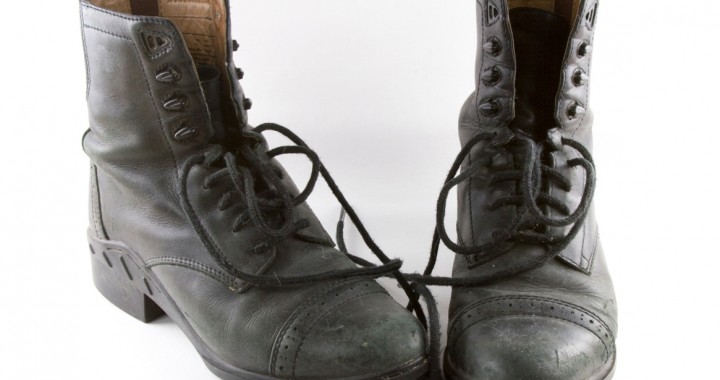The ground is thawing, the first migratory birds of spring are arriving, and people are venturing forth to enjoy the milder days.
The worst is behind us. Right? Not quite.
Now is time to change ONE habit to protect the health of yourself, your family, and your pets. DON’T WEAR your outdoor shoes in the house.
It’s that simple.
Remove your outdoor shoes at the door. Slip into slippers or shoes reserved to be used only in the house. For myself, I have indoor tennis shoes and outdoor tennis shoes. When I wear my outdoor shoes in the house, I scrub my out-of-doors shoes to disinfect them.
The reason is simple:
Everywhere you walk outside is subject to disease from migratory birds, animal fecal matter, and more. Birds carry “pathogens, including viruses (e.g., West Nile, Sindbis, influenza A, Newcastle), bacteria (e.g., borrelia, mycobacteria, salmonellae), and protozoa (e.g., cryptosporidia).”
The Center for Disease Control explains:
“Wild birds share with humans the capacity for moving fast over large distances. During migratory movements, birds carry pathogens that can be transmitted between species at breeding, wintering, and stopover places where numerous birds of various species are concentrated. . . . Avian influenza and West Nile viruses are used as examples because birds are central to the epidemiology of these viruses.
Birds are the only terrestrial vertebrates that share with humans the peculiarity of traveling in a few hours across national and intercontinental borders. The record for distance covered in a single year belongs to the arctic tern (Sterna paradisaea), which travels ≈50,000 km between Antarctica and northern Scandinavia. As a whole, billions of birds travel between continents twice a year in only a few weeks (1). During these yearly migrations, birds have the potential of dispersing microorganisms that can be dangerous for public as well as animal health (2,3). For instance, birds are believed to be responsible for the wide geographic distribution of various pathogens, including viruses (e.g., West Nile, Sindbis, influenza A, Newcastle), bacteria (e.g., borrelia, mycobacteria, salmonellae), and protozoa (e.g., cryptosporidia). . . . .”
Source: Jourdain E, Gauthier-Clerc M, Bicout D, Sabatier P. Bird migration routes and risk for pathogen dispersion into western Mediterranean wetlands. Emerg Infect Dis [serial on the Internet]. 2007 Mar [date cited].
Full article is available from http://wwwnc.cdc.gov/eid/article/13/3/06-0301
It’s easy to change one habit and improve your health.

